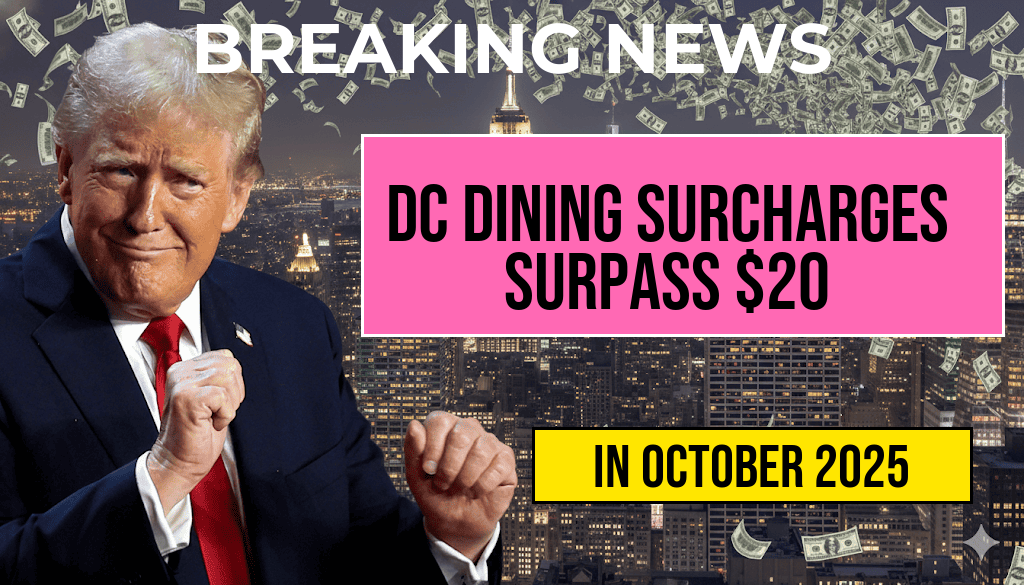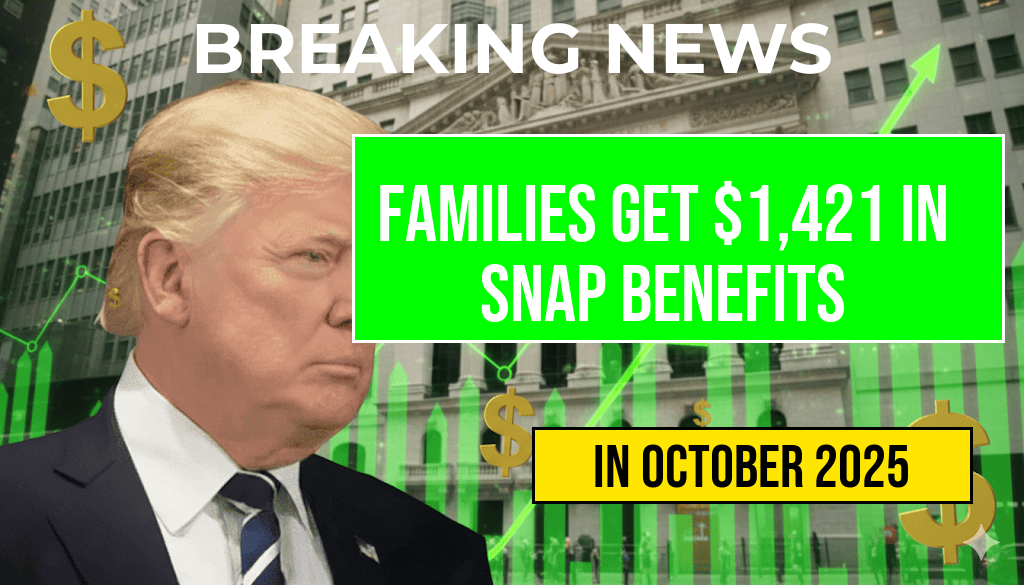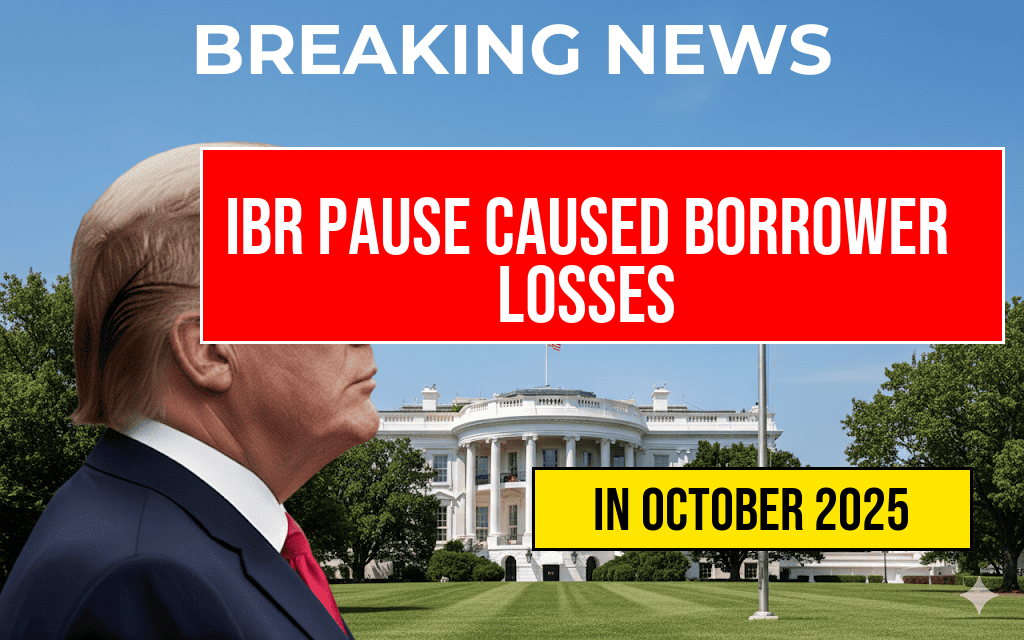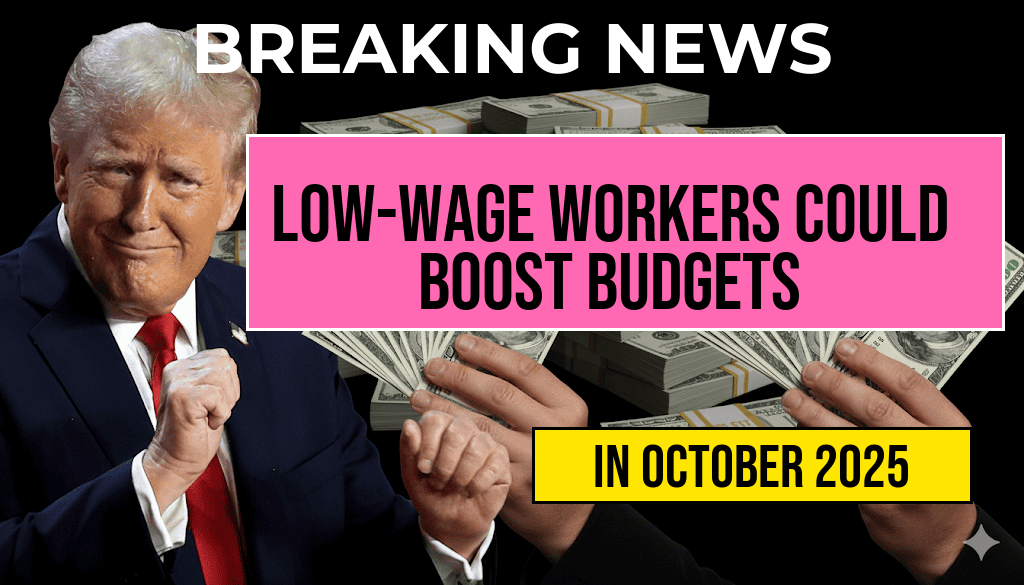DC Restaurants Face Rising Costs as Dining Surcharges Surpass $20 per Check
Many restaurants across Washington, D.C., are implementing significant surcharges on customer bills, with some exceeding $20 per check. These additional charges stem primarily from recent wage regulation changes aimed at increasing pay for frontline workers, including tipped staff and hourly employees. As labor costs climb, dining establishments are passing on these expenses to customers in the form of surcharges, service fees, and other charges. While some patrons accept these as necessary adjustments, industry insiders warn that such increases could impact customer traffic and overall sales, especially during ongoing economic uncertainties. Local authorities and restaurant associations are closely monitoring the trend, which highlights the broader challenge of balancing fair wages with operational viability in a competitive hospitality market.
Wage Regulations and Their Impact on Operating Costs
Increasing Minimum Wage and Tipped Worker Protections
- The District of Columbia has recently raised its minimum wage, now standing at $17.50 per hour for large employers, with scheduled increases to reach $18.50 in 2024.
- Legislation also enhances protections for tipped workers, requiring employers to pay higher base wages irrespective of tips, further elevating payroll expenses.
- The city’s efforts align with a broader push nationwide to improve compensation standards for service industry workers, but they also impose financial strain on restaurant operators.
Cost Pass-Through to Consumers
As labor costs constitute a significant portion of restaurant expenses, many operators are resorting to surcharges and service fees as a method of cost recovery. This shift is particularly evident in high-demand dining areas within D.C., where some bills now include an additional $5 to $20 or more, depending on the establishment’s size and menu pricing.
How Surcharges Are Reshaping the Dining Experience
| Type of Surcharge | Typical Range | Purpose |
|---|---|---|
| Service Fee | $3–$15 per check | To offset increased wages and benefit costs |
| COVID-19 Recovery Fee | $2–$10 per check | Support for enhanced sanitation and safety measures |
| Wage Adjustment Surcharge | $5–$20 per check | Compensation for rising labor expenses |
While some establishments clearly disclose these charges, others include them subtly, prompting debates over transparency and customer perceptions. Experts suggest that surcharges exceeding $20 are relatively uncommon but are increasingly visible in high-end and popular venues, especially during peak dining times.
Industry Perspectives and Consumer Reactions
Restaurant Owners’ Outlook
Many restaurant owners acknowledge the necessity of adjusting their pricing models but express concern over the potential impact on patronage. Emily Carter, owner of a well-known D.C. steakhouse, notes, “We’re trying to ensure our staff are fairly compensated without alienating our guests. The surcharges are a way to bridge that gap, but we’re mindful of how it affects the overall dining experience.”
Customer Response
Customer reactions vary. Some patrons understand the rationale behind surcharges, especially in the context of improved wages and benefits for workers. Others view the additional fees as a burden, particularly during economic downturns or for budget-conscious diners. Consumer advocacy groups warn that such charges could deter return visits if not transparently communicated.
Regulatory and Market Dynamics
The surge in surcharges coincides with ongoing discussions among policymakers and industry groups about the sustainability of wage hikes. The federal minimum wage remains stagnant at $7.25 per hour, but local jurisdictions like D.C. are pushing for higher standards. Meanwhile, some industry advocates argue that high surcharges could suppress customer spending, leading to a feedback loop of reduced sales and further cost-cutting measures.
Potential Policy Responses
- Reevaluation of wage laws to balance fair compensation with economic viability
- Enhanced transparency requirements for surcharge disclosures
- Support programs for small businesses navigating rising costs
Looking Ahead
As Washington, D.C., continues to implement progressive wage policies, restaurant operators will need to adapt their pricing and operational strategies to remain competitive. The trend of surcharges exceeding $20 per check underscores the mounting pressure on the hospitality industry to reconcile employee wage improvements with consumer affordability. Industry analysts suggest that innovative solutions, including menu restructuring and improved operational efficiencies, might be necessary to sustain the local dining scene without overburdening patrons.
For more on the evolving landscape of labor laws and restaurant economics, visit Wikipedia’s page on wage law in the U.S. and Forbes’ coverage on restaurant industry trends.
Frequently Asked Questions
What are the main reasons for the increase in dining surcharges in DC?
The primary reason for the rise in dining surcharges in DC is the implementation of new wage regulations that require higher wages for restaurant staff, leading establishments to pass these increased costs onto customers.
How much are the typical surcharges being added to restaurant checks in DC?
Many restaurants in DC are now adding surcharges exceeding $20 per check, reflecting the additional costs associated with complying with wage regulations.
Are the wage regulations targeted at specific types of restaurants or apply broadly?
The wage regulations apply broadly across the restaurant industry in DC, impacting a wide range of establishments from small cafes to large dining venues.
What impact are these surcharges having on customers and dining experiences?
The increased dining surcharges are leading to higher overall costs for customers, which may influence dining choices and budgets, while also prompting some restaurants to reconsider their pricing strategies.
Are there any measures or exemptions available for restaurants to manage these increased costs?
Some restaurants may explore options such as adjusting menu prices, offering promotions, or seeking exemptions or relief under certain regulatory provisions, but most are currently facing the challenge of balancing costs with customer affordability.






